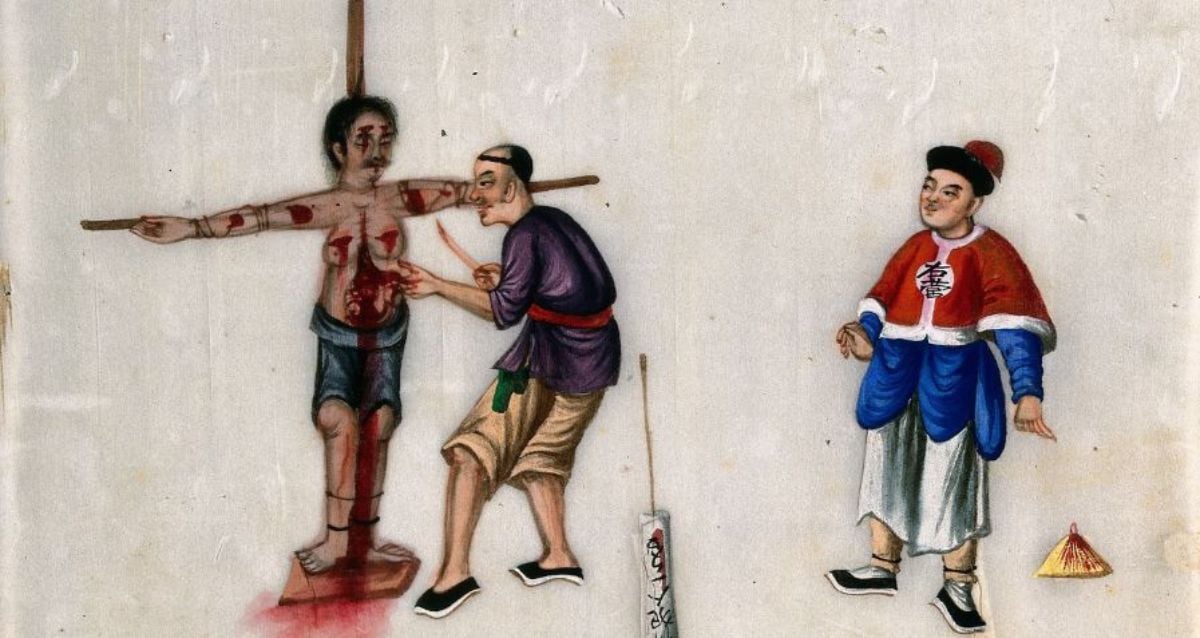
Lingchi, The Chinese Execution Method Reserved For The Most Vicious Criminals
['lingchi', 'execution', 'death', 'cut', 'method']
In China from the 10th century until 1905, those convicted of crimes like high treason and mass murder could be sentenced to death by lingchi, a gruesome execution method in which victims were cut apart piece by piece until they died. The post Lingchi, The Ch…
Lingchi, The Chinese Execution Method Reserved For The Most Vicious Criminals
Lingchi loosely translates to "Slow slicing" or "Death by a thousand cuts." As the name implies, it was a drawn-out and brutal process wherein an executioner would deliver justice to perpetrators of particularly heinous crimes by administering a series of cuts to their skin. As Chinese law didn't specify any particular method of delivery, the act of lingchi tended to vary by region. Another 16th-century report of lingchi tells of the death of Liu Jin, a eunuch who served the Zhengde Emperor. While many ancient accounts of lingchi were likely mythologized, fitting a sensationalized Western narrative that depicted the "Savage" practices of the then-mysterious Chinese populace, one case provided photographic evidence of such cruelty. National Library of FranceFu Zhuli was the last person officially put to death by lingchi by the Chinese government before it was banned in 1905. He was convicted in 1905 of murdering his master, a Mongolian prince, and was the last known execution by lingchi before the Chinese government banned death by a thousand cuts just weeks later. When Yang Zengxin, the governor of Sinkiang, was assassinated in 1928, the man believed to be responsible for his death was reportedly executed by lingchi - but he was forced to watch his daughter die first.